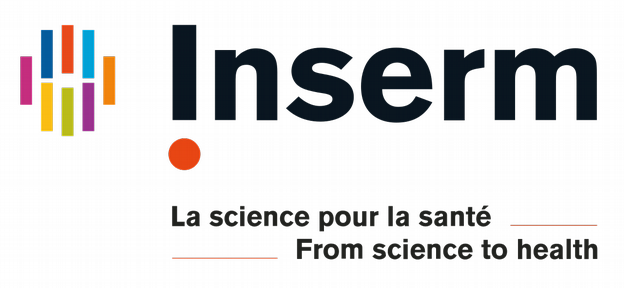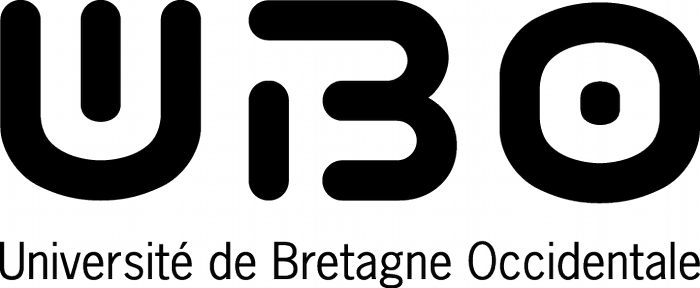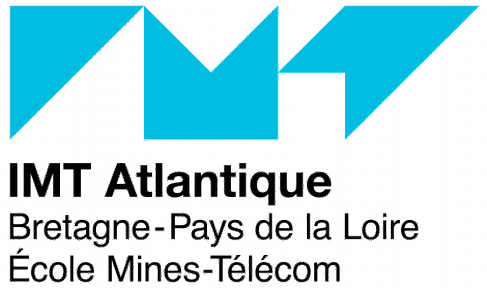Analysis and Data Protection
In the past fifteen years, we have been developing deep learning tools for ophthalmology. Currently, the international competition on AI in ophthalmology is fierce: it mainly concerns diabetic retinopathy (DR) screening, as well as age-related macular degeneration (AMD) and glaucoma assessment, using fundus photography or optical coherence tomography (OCT). We offer automatic screening and diagnostic solutions for each of these pathologies, with various advantages compared to the competition. In particular, AI algorithms are often criticized as being "black boxes" that may incorporate unknown biases or base decisions on irrelevant information. To address this limitation, we proposed "deep image mining", an AI framework where we show exactly which pixels the AI analyzes in an image to make a diagnosis. It turns out the AI looks at the exact same pixels as clinicians do. In practice, while providing an automatic diagnosis, our AI can provide a very accurate segmentation of all pathology-related lesions as a by-product: this is expected to increase the confidence in AI-based screening. These developments resulted in the OphtAI commercial solution (www.ophtai.com). Our latest developments on retinal pathology screening include the accurate detection of more than 30 pathologies and pathological signs, which is expected to increase the adoption of automatic screening further.
Works on AI at LaTIM have gone beyond retinal pathology screening. One line of research is to investigate monitoring and prognosis of ocular pathologies and symptoms. For instance, LaTIM is designing AI tools to finely monitor eye dryness using slit-lamp videos during the course of a treatment: these tools will be applied to the assessment of Sjögren's Syndrome treatments in the EU-funded NECESSITY project. As for prognosis, we have successfully investigated growth prediction of geography atrophy in AMD patients for instance. Visualization techniques like deep image mining or t-SNE are particularly useful in this context: they allow extraction of new biomarkers and new knowledge. Recently, the French Government awarded a large grant to the EviRed project, in which LaTIM will design AI tools to predict progression to advanced DR, using state-of-the-art imaging techniques like OCTA, thus revisiting the 1968 DR classification.
Another line of AI research at LaTIM is the automatic analysis of anterior segment videos. Besides recent developments on eye dryness assessment, we have been working for many years on the automatic monitoring of surgery videos. Cataract surgery was our first application, but the proposed solutions can be applied to any type of surgery. We believe automatic recommendations to surgeons is another promising future application of AI in ophthalmology. Among the envisioned applications, "teaching without the teacher" is probably the first one that will emerge. Whether in surgery simulators, for initial training, or during real-life surgeries, for continuing education, these tools are expected to reduce the teaching burden on experienced surgeons and improve surgical skills.
Contact:
http://theconversation.com/lintelligence-artificielle-au-secours-de-la-retine-124407



